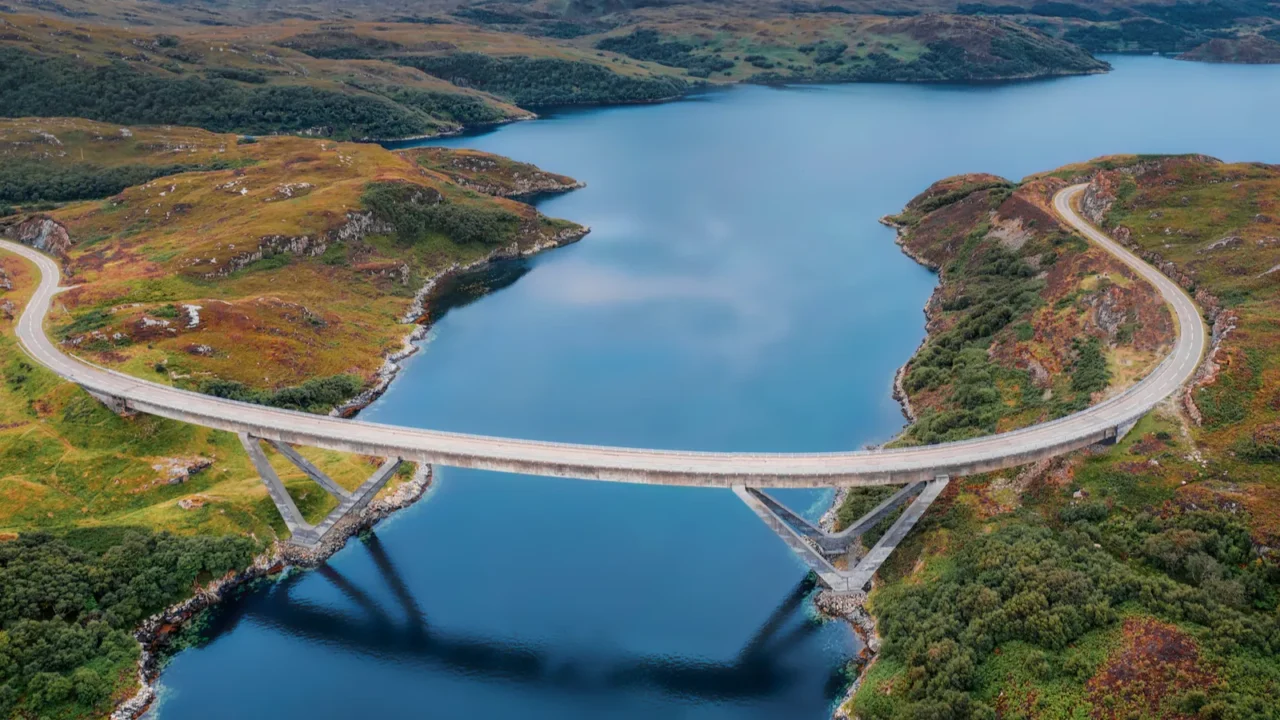
A road trip that became too famous
The North Coast 500, or NC500, was supposed to be Scotland’s answer to Route 66, a scenic loop around the country’s rugged northern coast. At first, it was a quiet gem few knew about.
Then came social media. Gorgeous photos of winding roads, sea cliffs, and remote beaches went viral, turning the 516-mile route into a must-do adventure. Visitor numbers exploded, but so did the problems.
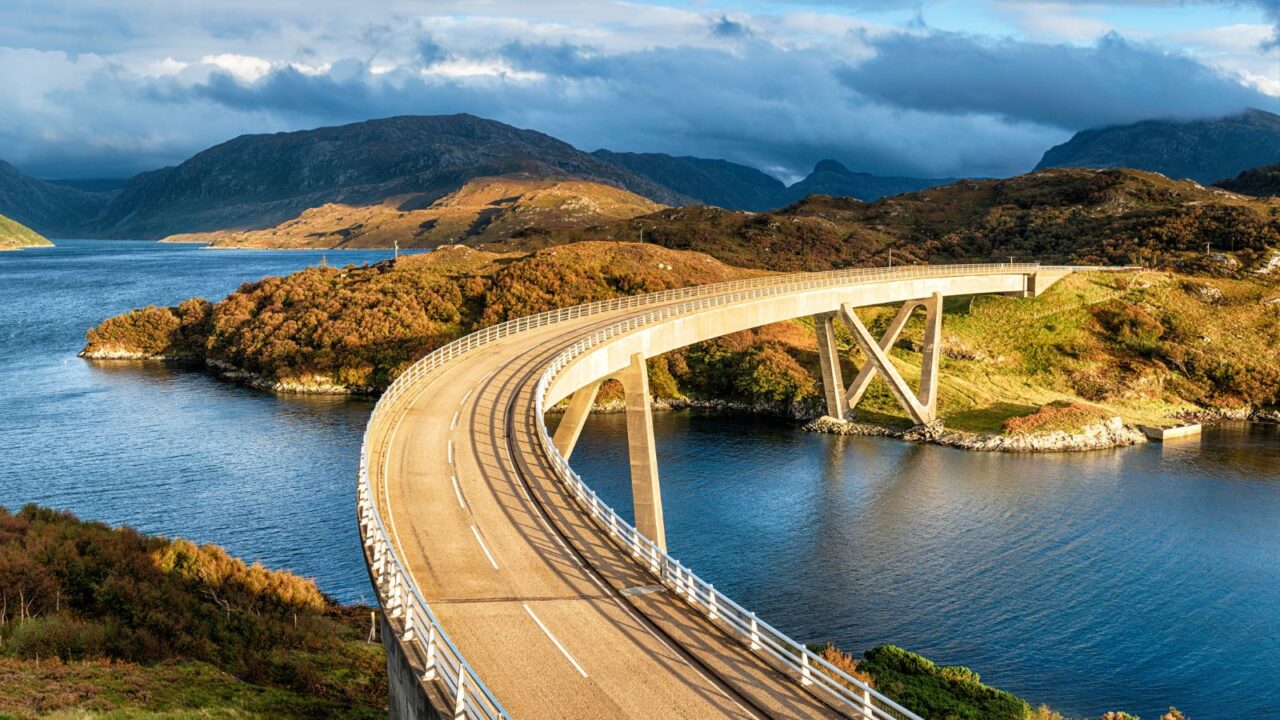
How a royal idea sparked a boom
A travel company didn’t dream up the NC500; it began as a project by the North Highland Initiative, backed by then-Prince Charles. The goal was to bring visitors and income to remote towns in the Highlands.
The roads were already there, but rebranding them as an epic road trip made them suddenly irresistible. The idea worked beyond expectations.
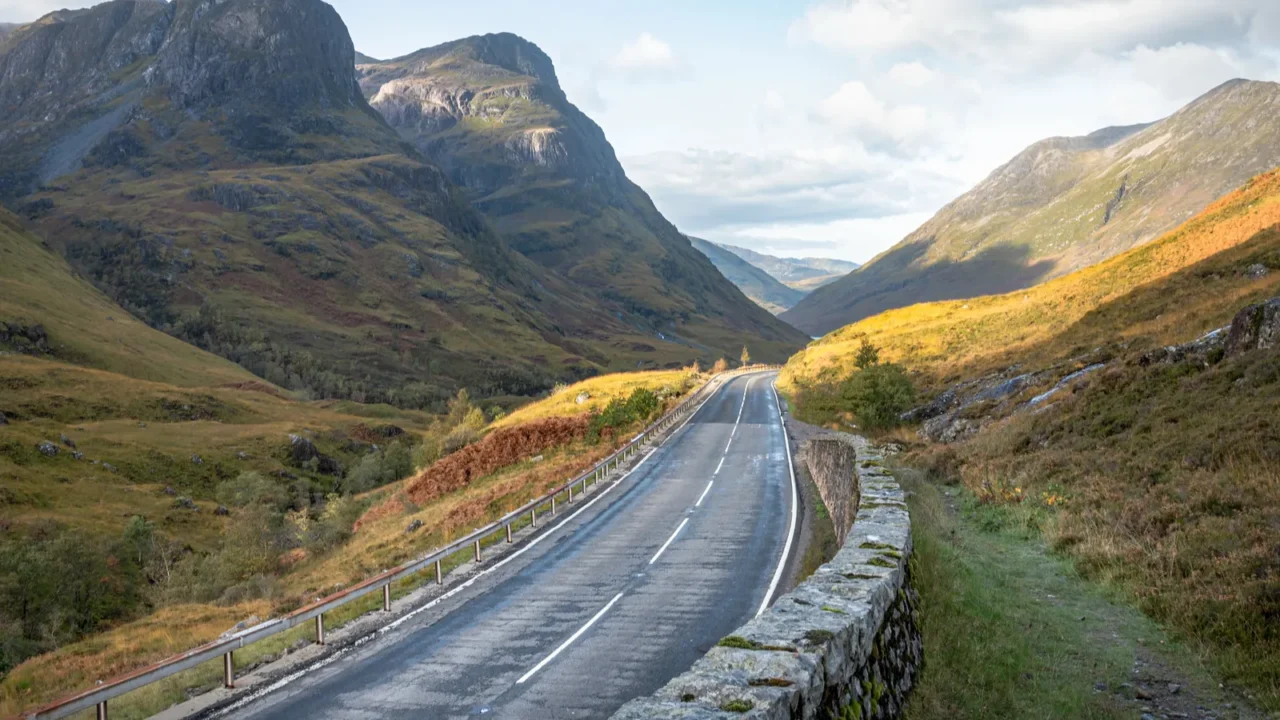
Scenic beauty meets fragile roads
Parts of the NC500 wind through single-track roads, barely wide enough for one vehicle. In summer, traffic slows to a crawl when camper vans meet head-on, forcing awkward pull-overs.
These narrow roads were never meant for heavy traffic, let alone long lines of RVs. Add Scotland’s unpredictable weather, and the journey can turn from a dream drive into a stressful navigation challenge.
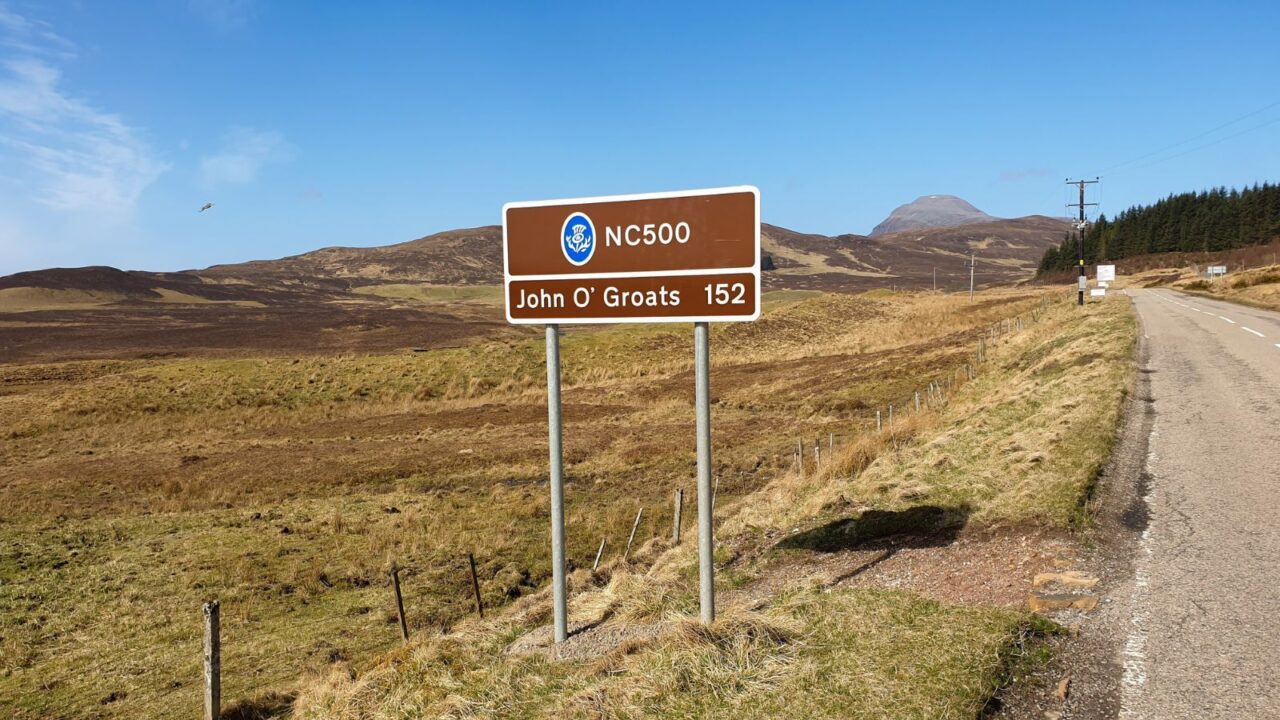
The locals’ love-hate relationship
For many Highland residents, the NC500 has been a double-edged sword. Business owners see more customers, but some neighbors feel invaded by the sudden tourist rush.
Stories spread of camper vans parking in front of people’s homes, roadside litter, and a lack of respect for private land. Still, some locals admit the route has helped keep shops, cafes, and B&Bs alive in places where young people often move away for work.
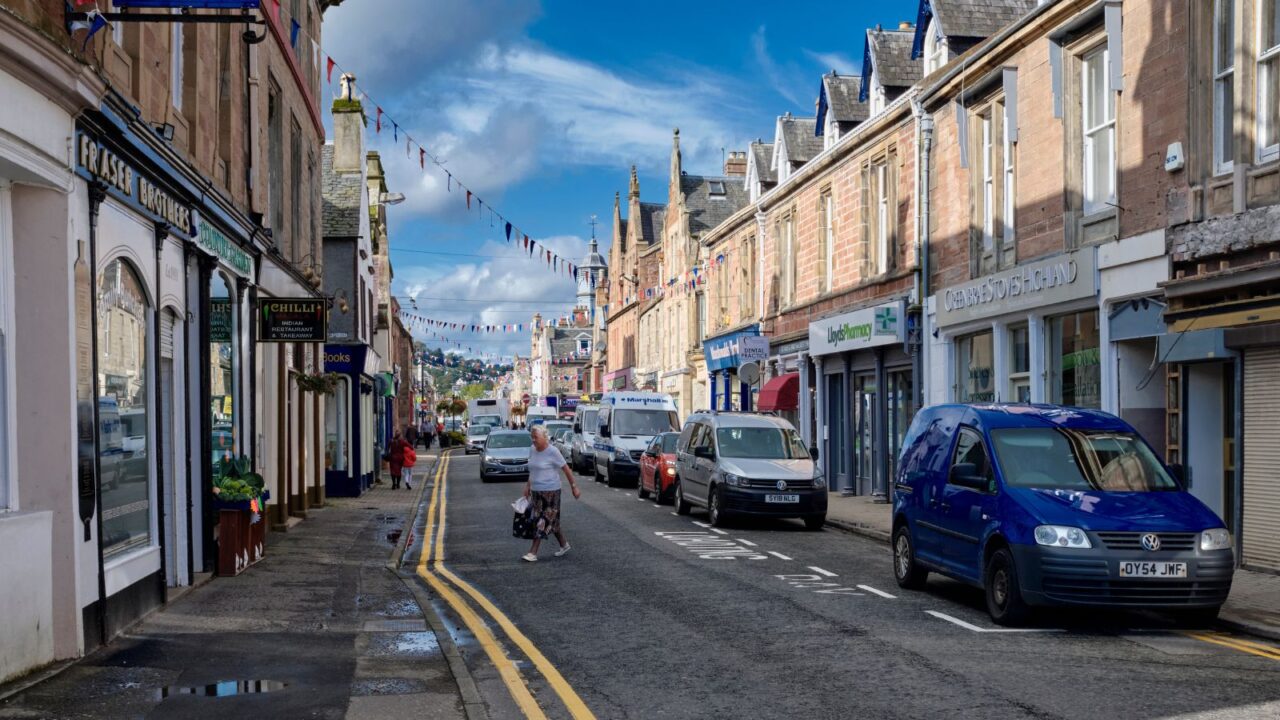
Dingwall’s quiet streets
Not every NC500 stop feels overrun. In Dingwall, a historic market town north of Inverness, boarded-up storefronts tell a different story—one of economic struggles and a need for visitors.
Some locals there wouldn’t mind a bit more of the tourism boom. For towns like this, the NC500 could bring fresh energy and spending, especially outside the busy summer season.

The midge problem no one advertises
Scotland’s west coast has a small but mighty summer pest: midges. These tiny biting insects love warm, still evenings, and they can make outdoor picnics miserable.
They’re rarely mentioned in glossy travel ads, but any local will tell you they’re part of the NC500 experience. Tourists quickly learn to pack insect repellent alongside their cameras.
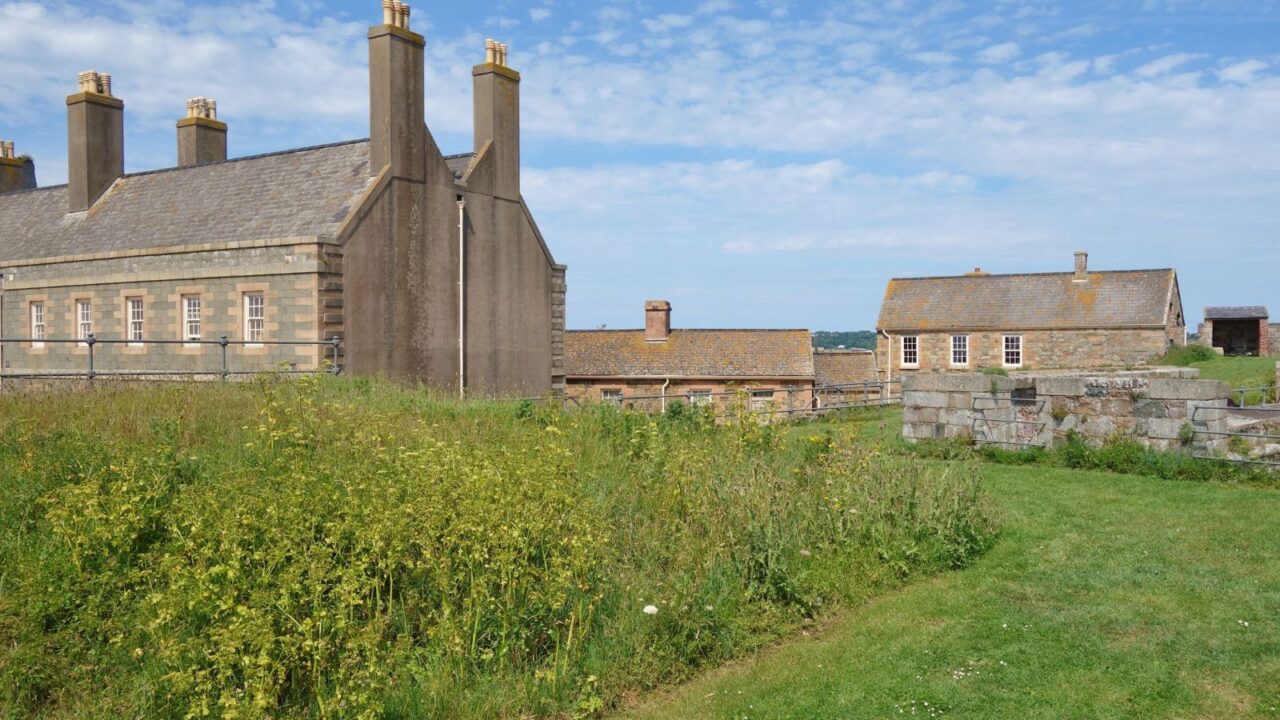
Hospitality, regimented and rushed
With so many travelers passing through, some accommodations along the NC500 run on a tight schedule: check-in by 4 p.m., dinner between 6 and 8, breakfast at 9, and check-out by 10.
It keeps rooms turning over, but some visitors miss the slower, more personal style of Highland hospitality from decades past. Still, there are plenty of gems where warmth and good food remain the focus.
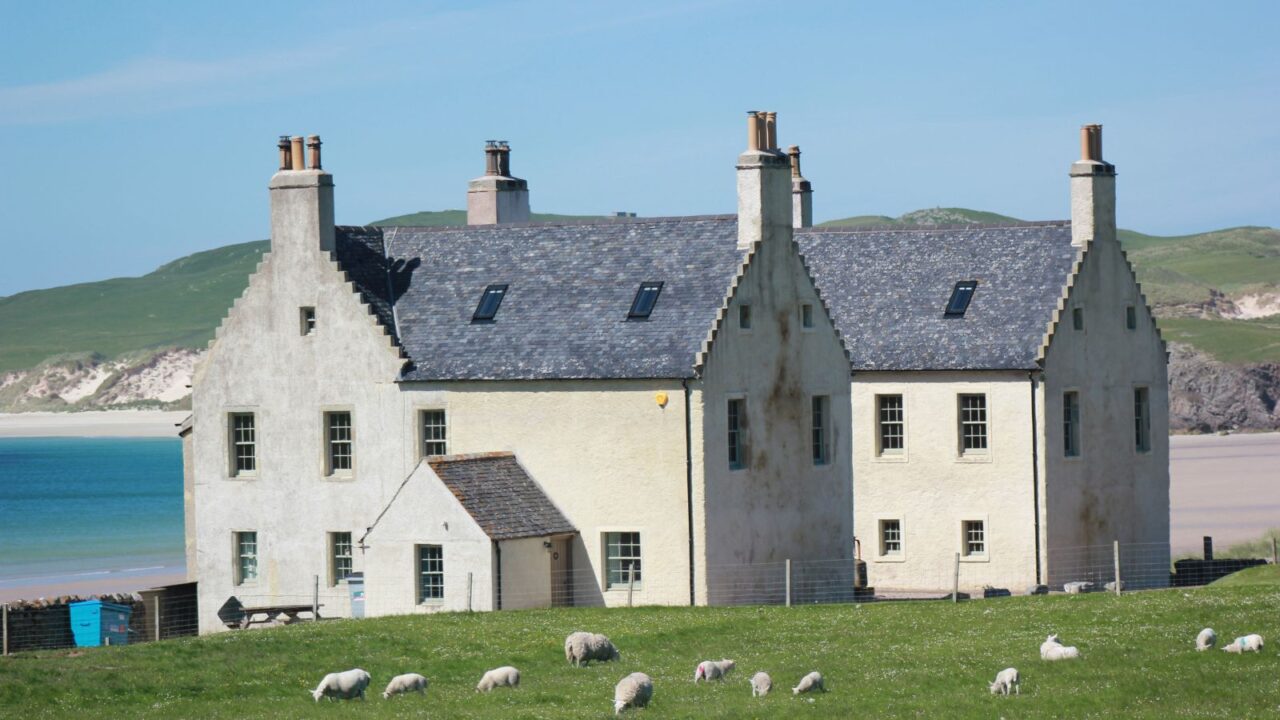
Small wins for local pride
Despite the headaches, many Highlanders take pride in showing off their home to first-time visitors. For some guests, it’s a once-in-a-lifetime trip they’ll never forget.
Owners of inns, cafes, and attractions see the joy on travelers’ faces, and it reminds them why they opened their doors in the first place. For hosts, that shared appreciation can be just as rewarding as the income.
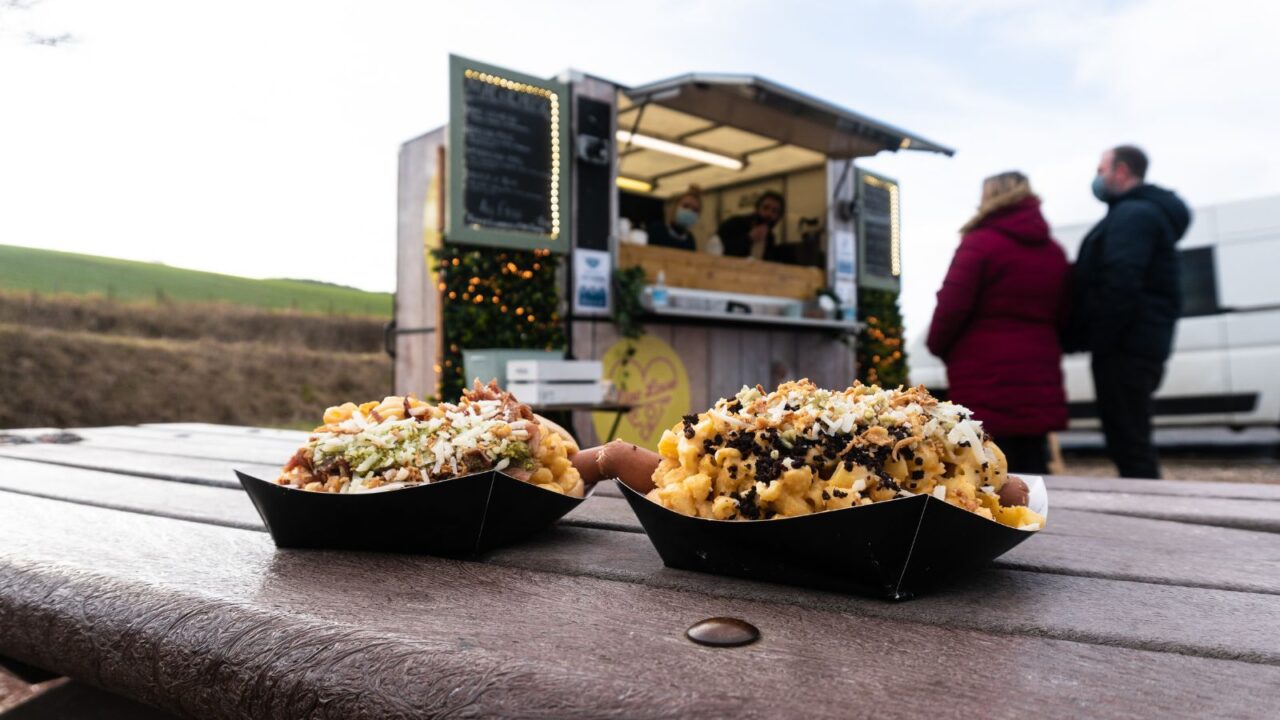
A food truck with a mission
In Scourie, one of the NC500’s remotest villages, a family-run food truck called Crofter’s Kitchen serves seafood so fresh it’s often caught the same day.
Owners Grant and Heather Mercer source vegetables, meat, and fish from local crofters and fishermen. For them, the NC500 means more customers and the chance to keep local food traditions alive.
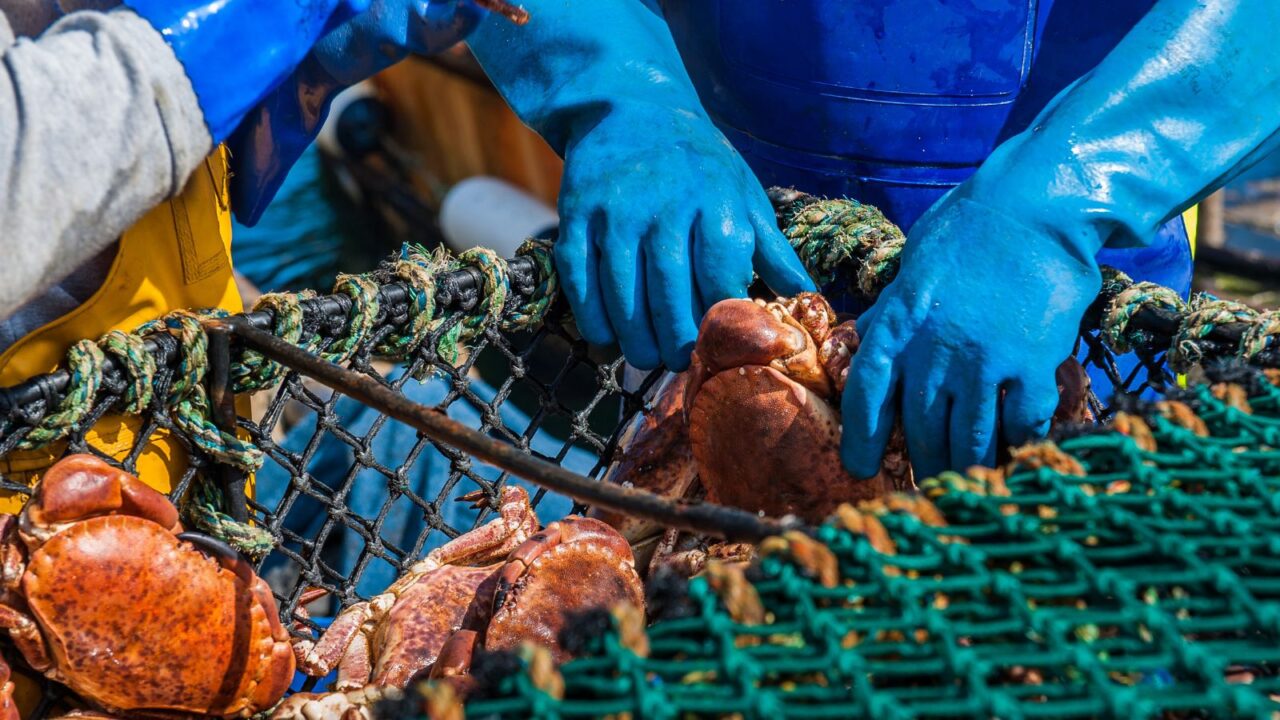
How tourism changes supply chains
Every tourist who eats locally is part of a bigger shift. Instead of shipping halibut hundreds of miles away, fishermen can sell it right at the dock.
That means fresher meals for visitors and more money staying in the community. For remote Highland villages, this kind of small-scale economic loop can make a big difference in keeping rural life sustainable.

The Assynt stretch, pure magic
South of Scourie lies Assynt, a land of dramatic mountains, mirror-like lochs, and golden gorse in bloom. This is the NC500 at its most breathtaking.
Even on a cloudy day, the jagged peaks and winding roads feel like something from a movie. Classic car clubs have loved this area for decades, long before Instagram found it.
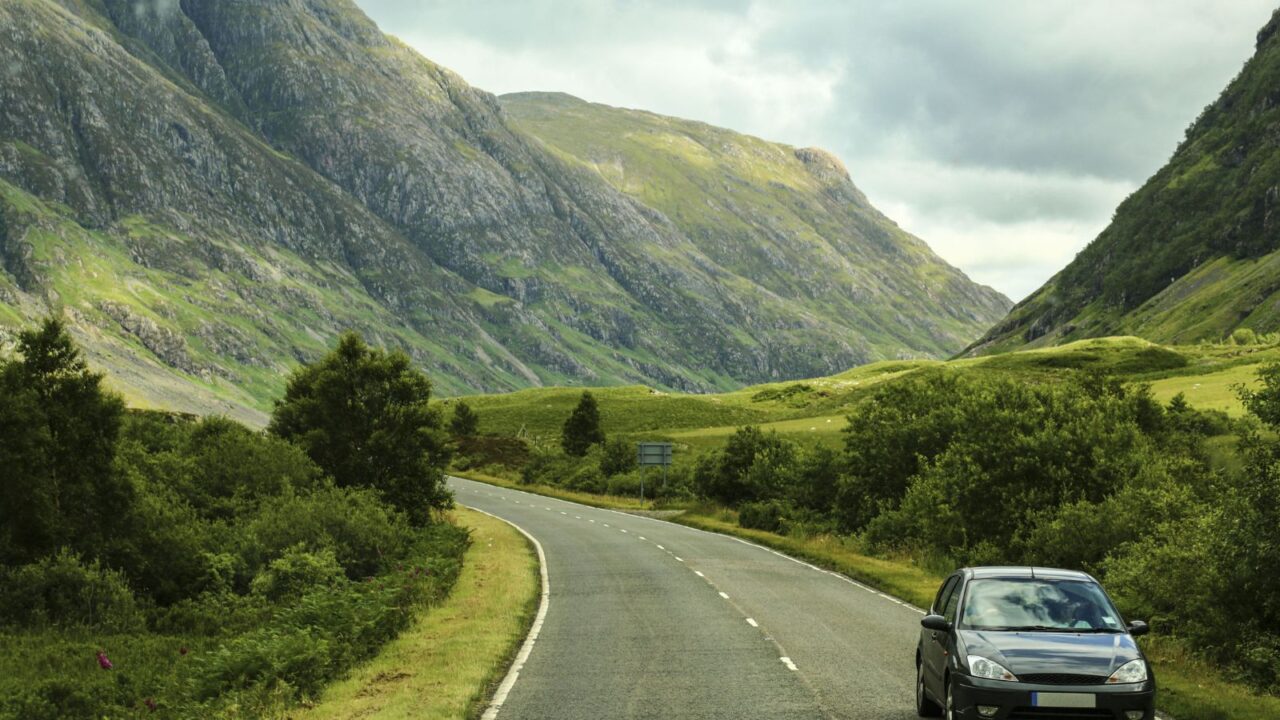
Why other areas aren’t flooded
It’s easy to wonder why places like Assynt didn’t see tourist swarms decades ago. The answer often comes down to marketing, infrastructure, and global trends in travel.
Without the NC500 brand, these roads might still be quiet backwaters. Now, they’re on bucket lists worldwide, for better or worse.
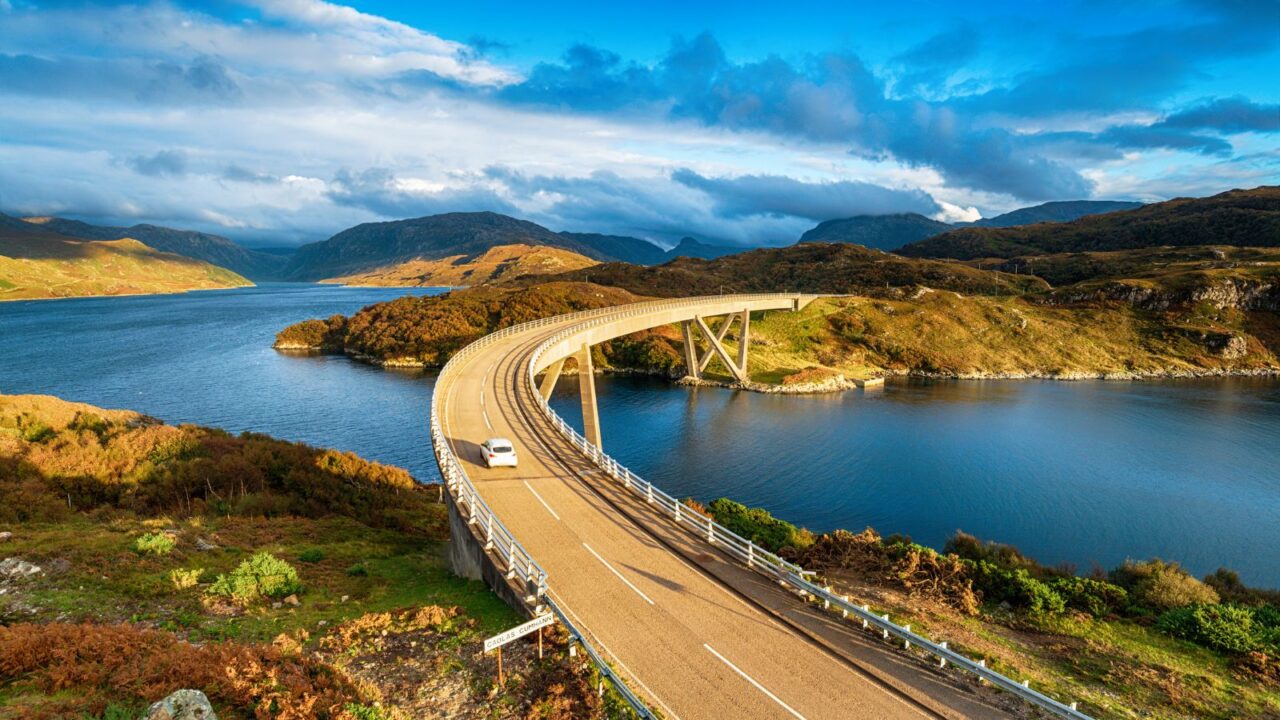
Numbers that tell the story
Highland visitor numbers jumped from 5.1 million in 2012 to 8.4 million in 2023, according to the local council. Tourist spending also rose, but more slowly, from £1.38 billion to £1.68 billion.
That gap shows a challenge: more people visiting doesn’t always mean more money being spent locally. Some travelers camp or self-cater to save costs, leaving fewer benefits for local businesses.

Fixing the gaps in infrastructure
To handle the surge, VisitScotland has funded new parking, public restrooms, and motorhome facilities. Since 2018, about $27 million has gone into rural tourism upgrades.
The goal is to spread visits across the year and encourage longer stays. Still, some skeptics believe real change will require limiting visitor numbers in the busiest spots.
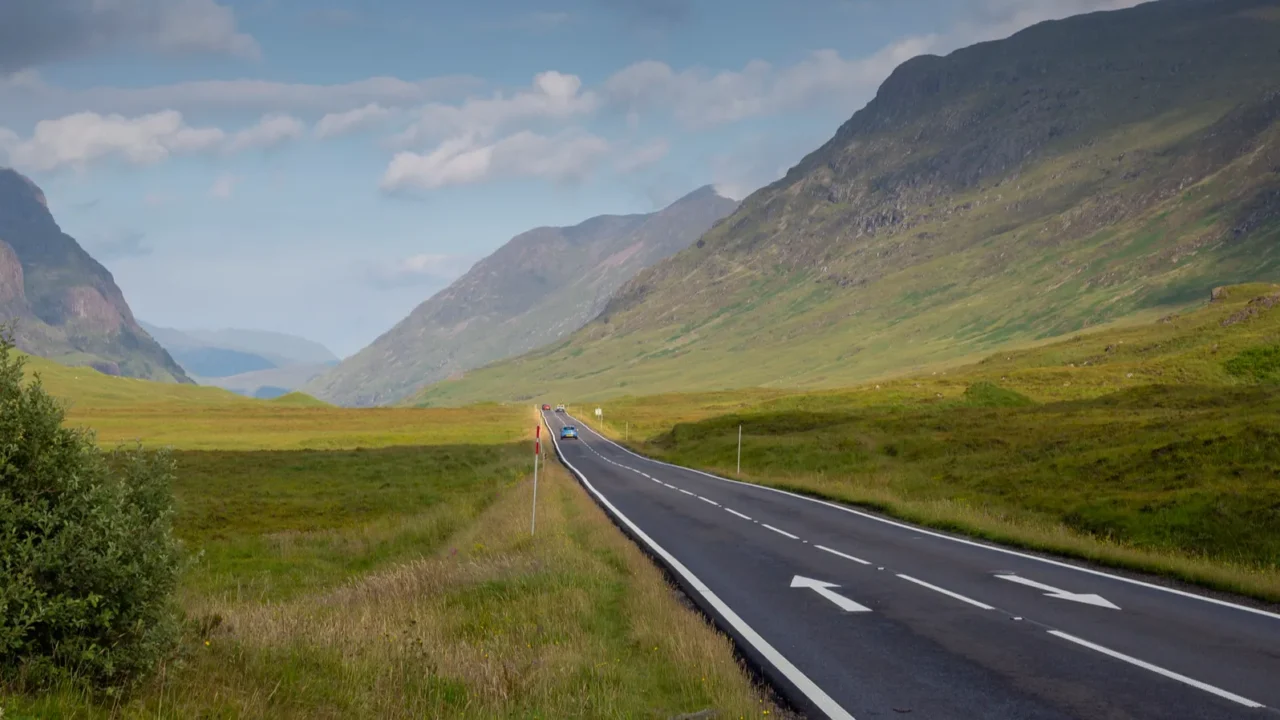
The skeptics speak up
Travel experts like Fodor’s now list the NC500 among places to avoid, not because it’s ugly, but because it’s too popular for its own good.
They warn that the region’s culture is shifting under tourism’s influence, and not everyone likes the direction it’s heading, so if you’re visiting, it might be worth exploring lesser-known gems that still capture the UK’s charm. Here are 8 amazing destinations your UK visa already covers.

Tourism’s role in local jobs
About one in seven jobs in the Highlands depends on tourism. Cutting visitor numbers drastically could hit employment hard.
For many communities, the challenge isn’t stopping tourism; it’s making it work better for both visitors and residents, something that’s becoming increasingly urgent as global tourism faces its toughest year yet. Read on to uncover why 2025 is proving so challenging and what’s really driving the shift.
Could Scotland find that sweet spot? That’s a conversation worth having.
Read More From This Brand:
- Cape Town’s Shoreline Stunners You’ll Regret Skipping in 2025
- A Beginner’s Guide to America’s Quirkiest Roadside Attractions
- Why Rio and Machu Picchu Are the Bucket List Duo of 2025
Don’t forget to follow us for more exclusive content right here on MSN.
This slideshow was made with AI assistance and human editing.